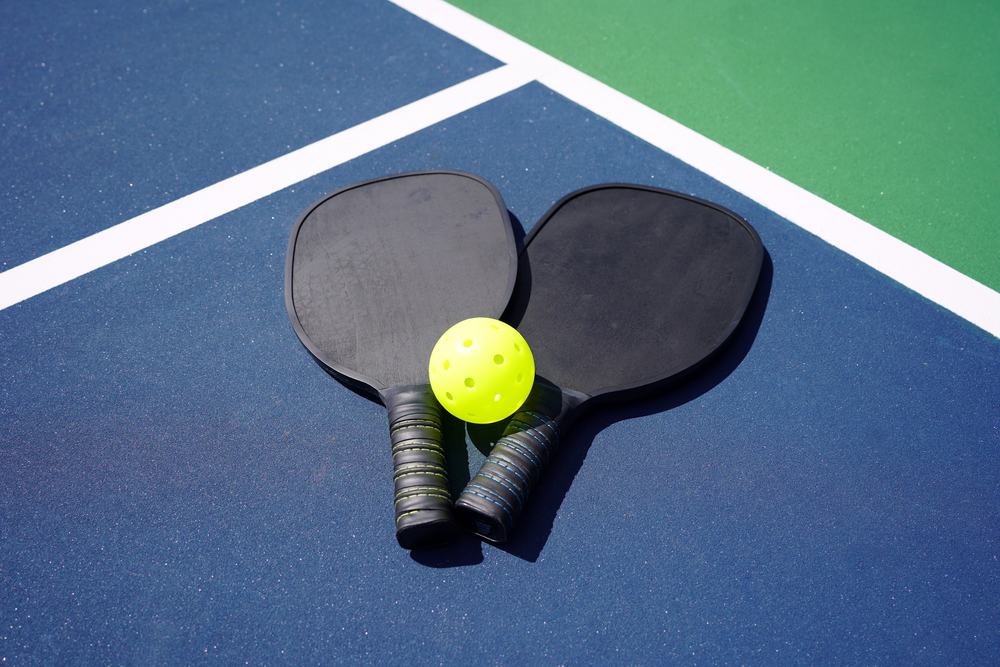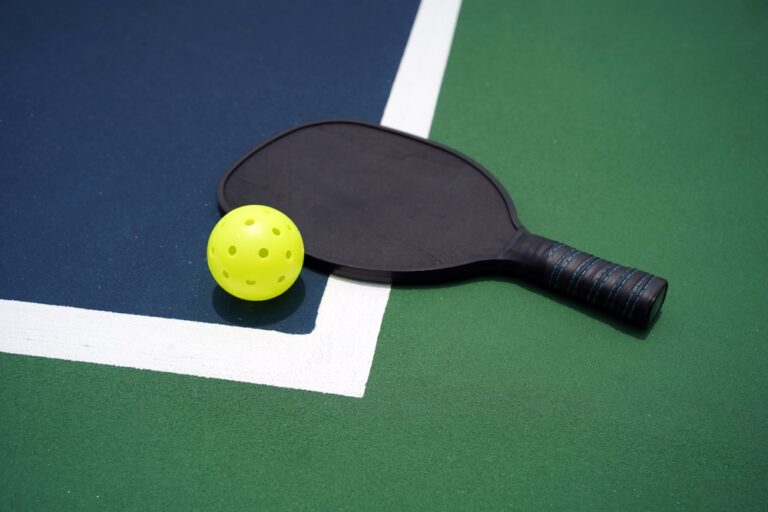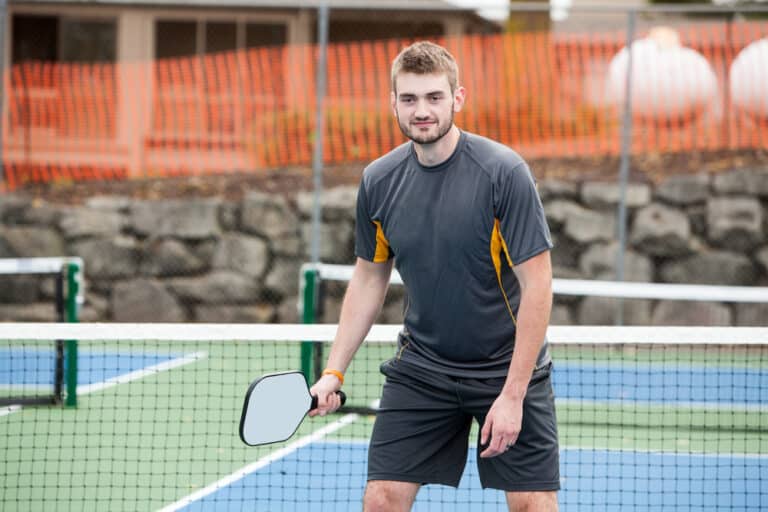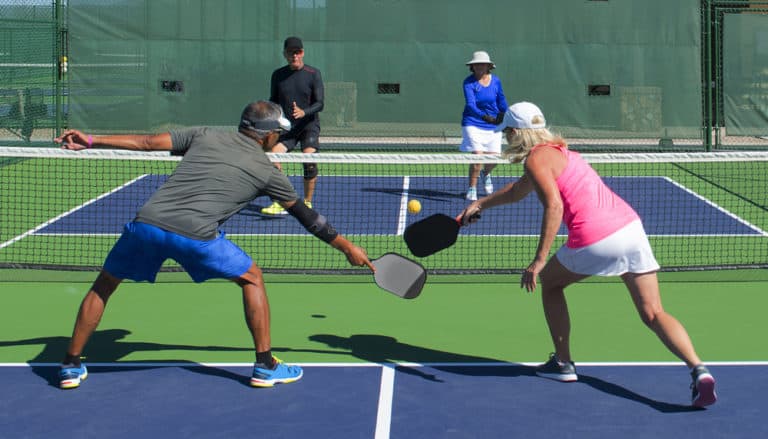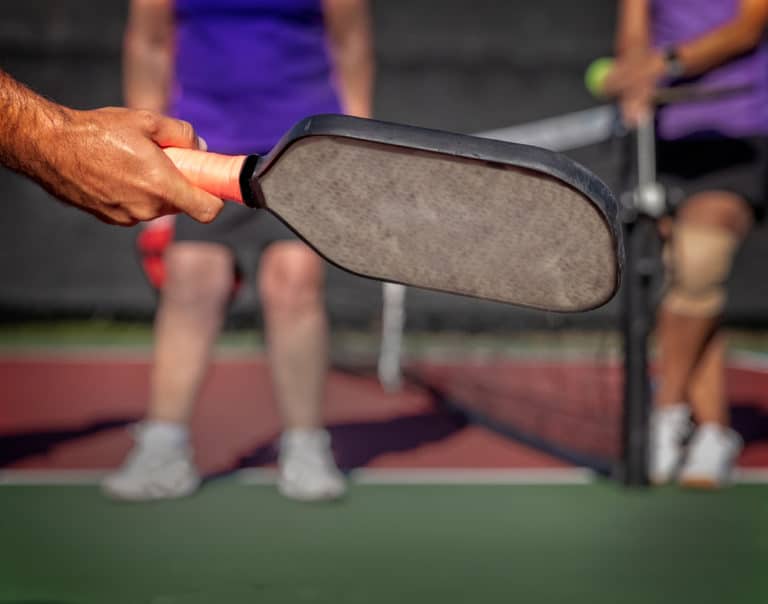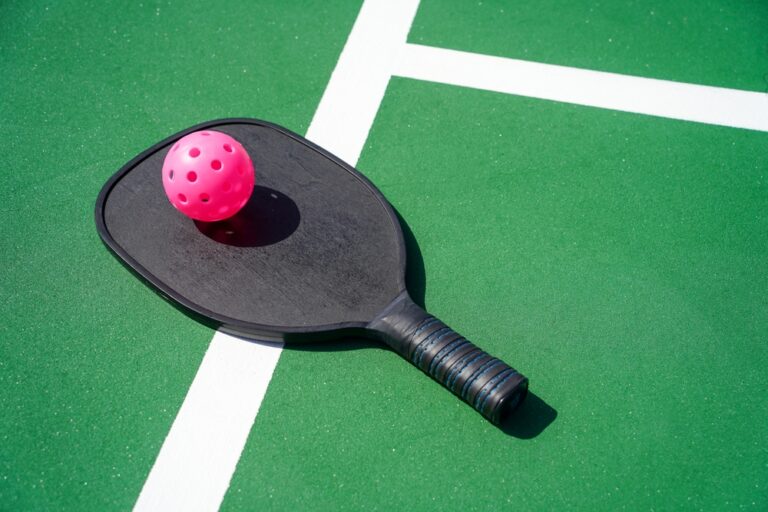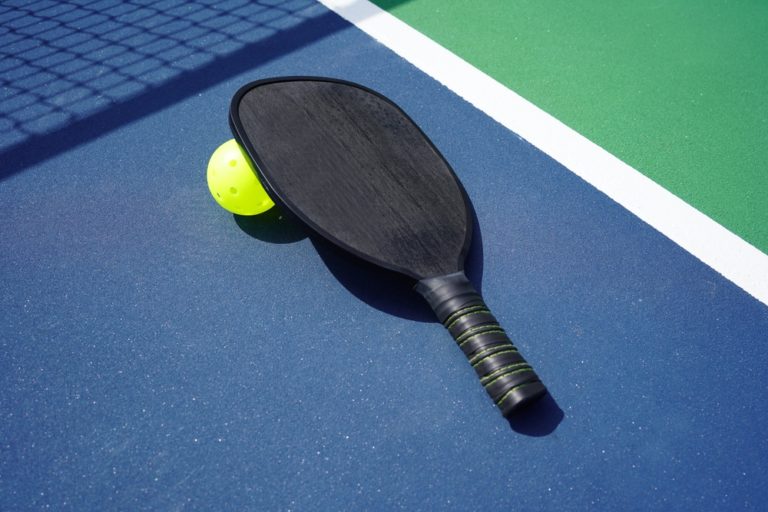How To Add Texture To Pickleball Paddle
Paddles are a crucial part of pickleball, and paddles have come so far and evolved so much over the years. The first paddles were only made of wood, but as the game evolved, so did the way we look at pickleball paddles. They are now more durable and robust, but at the same time, they are versatile and simple enough for beginners to use. But can or should you add texture to it, and if so, how?
Adding lead tape to the sides and corners of the paddle can help with the paddle’s weight, power, stability, and grip. You are allowed to add texture to the handle and frame (edge guard) of the paddle. You may only change the texture on its surface if this doesn’t change its roughness in any way.
There are stringent rules regarding the textures of a pickleball paddle. Your paddle should not be reflective in any way. It should be made of rigid and non-compressible materials, and the surface roughness is also very precise according to the standards of the USA Pickleball Association. Let’s look at what kind of surface textures are allowed and how you can apply them to your pickleball paddle.
Adding Textures To The Paddle
Most pickleball paddles that you can buy from stores already conform to the standards of the US Pickleball Association. They have the suitable materials and textures to compete legally in a tournament. It is recommended that you just shop around until you find an approved paddle with the correct weights and textures.
But if you still wish to modify your paddle, there are limited ways in which you are allowed to do so. Adding textures to the paddle correctly can add hand speed and stability, make maneuvering of the paddle faster, and give you a better grip on the handle.
The Butt Of The Paddle
Lead tape is a heavy material. Adding lead tape to the paddle’s butt or handle can improve hand speed while also improving the stability and grip that you have on the paddle. This, in turn, helps with the way you maneuver the paddle. It enables the paddle to face faster and allows the quick hand-to-hand exchange needed in the kitchen or on the no volley zone line.
You can simply wrap lead tape around the handle or butt of the paddle in spirals, starting from the bottom and working your way up. Ensure that you use lead tape that won’t get too slippery while you’re playing. You also get a special tape that’s made for pickleball paddles, specially designed to add weight while reducing slip on the handle.
Adding Weight To The Paddle Frame
Using lead tape, you can also add weight to the paddle just above the handle. This should be in the right-hand corner of the frame, at about four to five o’clock, and the left-hand side corner of the frame, at about seven to eight o’clock. This will add small increments of weight to the paddle without impeding its movement.
Adding lead tape to the top frame of the paddle will help with more power and stability and add more energy transference. This is added at the ten o’clock top left-hand corner of the frame and at the two o’clock top right-hand corner of the frame.
This will result in a heavier paddle swing and give you more power when striking the ball. This is a simple way to add a bit of extra weight to your paddle. Professional pickleball players often use this method. The added stability of the paddle will give you a way to defend against the power swings that your adversary may be playing.
How To Set Up Your Paddle
As mentioned, lead tape covered with electrical tape can be used to add weight to the paddle. You can add this weight to your paddle in increments to find out where this added weight will work best for you. If you prefer the paddle without the added weight, you can easily remove it.
Lead tape can also be added to the center sides of the paddle. This cuts down on torsion and twists.
You can also freely customize the paddle’s frame and handle with any preferred color of electrical tape, giving it a more personalized look and feel.
What Are The Paddle Specifications?
When playing pickleball tournaments, there are a few rules to abide by, and one of them is playing with a paddle that is USAPA [USA Pickleball Association] approved. The specifications that are allowed according to the USAPA regulations are there to preserve the nature of the sport, keeping it fair, fast-paced, and fun.
Materials
The materials that are approved to be used are rigid and non-compressible materials. The materials that are authorized to be used on the core of the paddle are wood, polymer, Nomex, and aluminum.
The surface of the paddles can include materials such as wood, graphite, polycarbonate, and composites.
Surface Roughness
The paddle’s hitting surface should not have any holes, indentations, rough textures, or any features that will make the ball spin excessively or have additional spin when hitting it. These surface textures are prohibited and not approved by the USAPA and IFP (International Federation of Pickleball) rules and regulations.
The surface roughness and friction of the paddle are determined and measured using a Starrett SR 100 Surface Roughness Tester. Any paddle that does not conform to the standards will be disqualified.
Reflection
The paddle surface can not be reflective in any way, just as the paddle specifications cannot impact the game in any negative way. If the paddle is affecting the vision of the opposing players, it is affecting the game negatively and, therefore, prohibited.
Depiction
Any alterations that are made on the paddle in terms of adding writing or pictures must always be in good taste. No one should be able to take offense to what is on your paddle.
Size
The combined length and width of the paddle, including the edge guard and the butt cap, should not exceed twenty-four inches, and the paddle length cannot exceed seventeen inches.
Weight
There are absolutely no restrictions to the weight of the paddle. It can be as light or as heavy as you prefer. This is why it’s so popular to add lead tape to the paddle’s frame and handle.
Alterations
Any alterations must meet the standards and specifications of USAPA. The alterations that can legally be made to commercial paddles are the edge guard tape, lead tape, the grip size or grip wrap changes, and identification markings or name decals. Handwritten markings are allowed as long as it is in good taste, don’t offend anyone, and don’t affect the roughness of the surface.
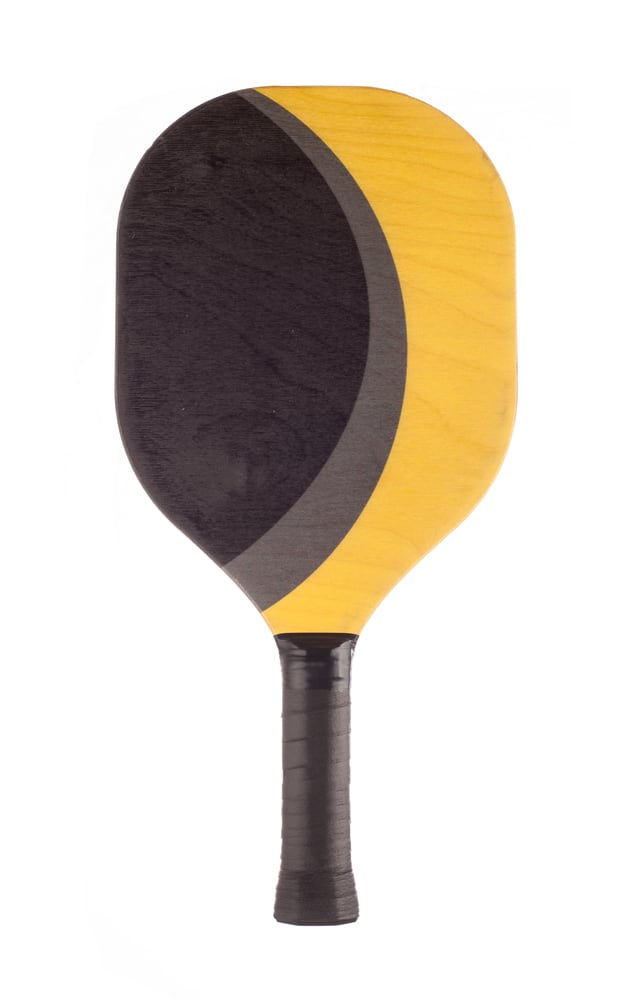
Prohibited Paddle Modifications
Alterations to the paddle’s surface features that are prohibited include:
- Paint texture with sand, rubber, vinyl, or any materials that can alter the ball or its trajectory in any way.
- Rubber or even synthetic rubber.
- Sandpaper characteristics.
- Moving parts since they can increase head momentum with an increase in force.
- No removable parts are allowed, except for paddle grip, grip wraps, or lead tape on the paddle edge.
- Springs or materials that could create a trampoline effect.
- Electrical, electronic, or mechanical alterations of any sort.
Conclusion
There are a few texture changes that you are allowed to make to your pickleball paddle. You can add weight, improve the grip, and add drawings or pictures that are in good taste. As long as you don’t alter the surface of your paddle in any way, you should be fine. Also, remember not to add texture just for the sake of it; check that it improves your paddle handling before deciding.
References
- https://www.ifpickleball.org/
- https://equipment.usapickleball.org/
- https://usapickleball.org/docs/eec/Equipment-Standards-Manual.pdf
- https://usapickleball.org/docs/ifp/USA-Pickleball-Rulebook.pdf
- https://www.si.com/review/best-pickleball-paddle/
- https://www.youtube.com/watch?v=RycVnp-pqvs
- https://www.youtube.com/watch?v=znlr-lj53FE
- https://www.youtube.com/watch?v=bAvXKdgIFtw
- https://www.youtube.com/watch?v=snzGyMp3SxE
- https://www.reddit.com/r/Pickleball/comments/cxlzgs/customizing_paddles/
- https://www.reddit.com/r/Pickleball/comments/qryzrp/how_to_customize_your_pickleball_paddle_with_lead/

